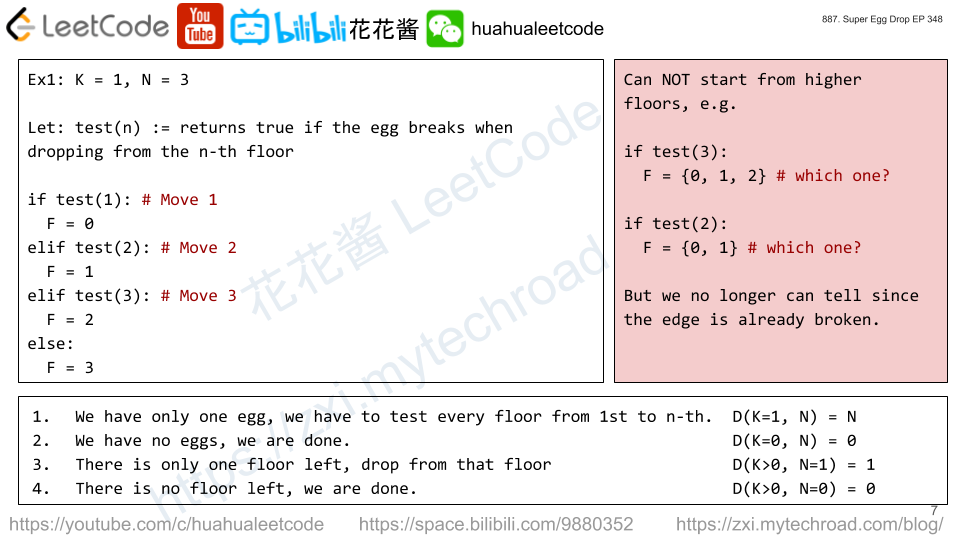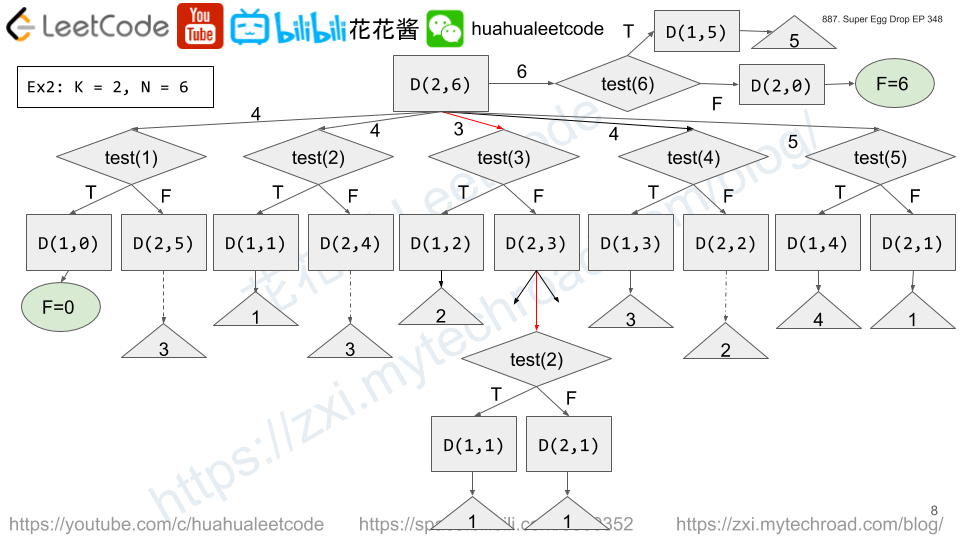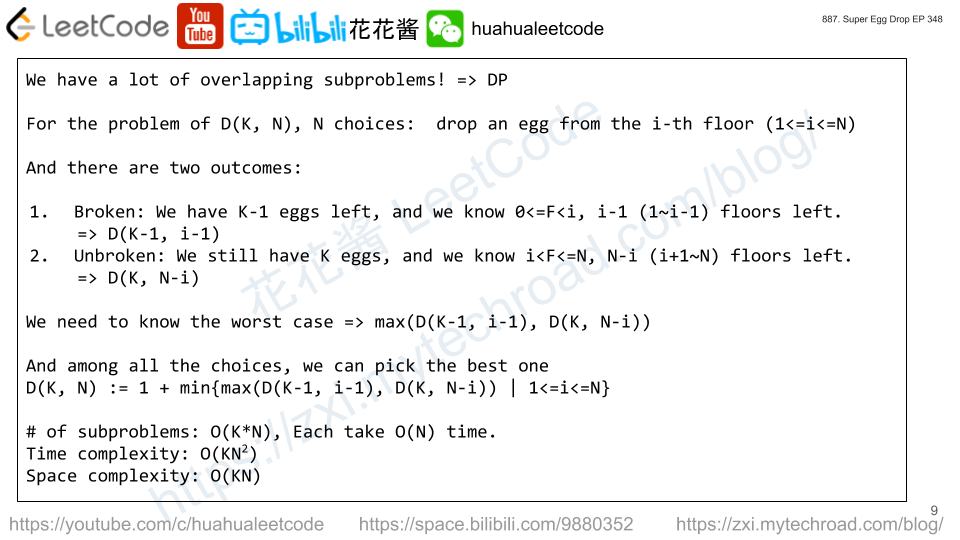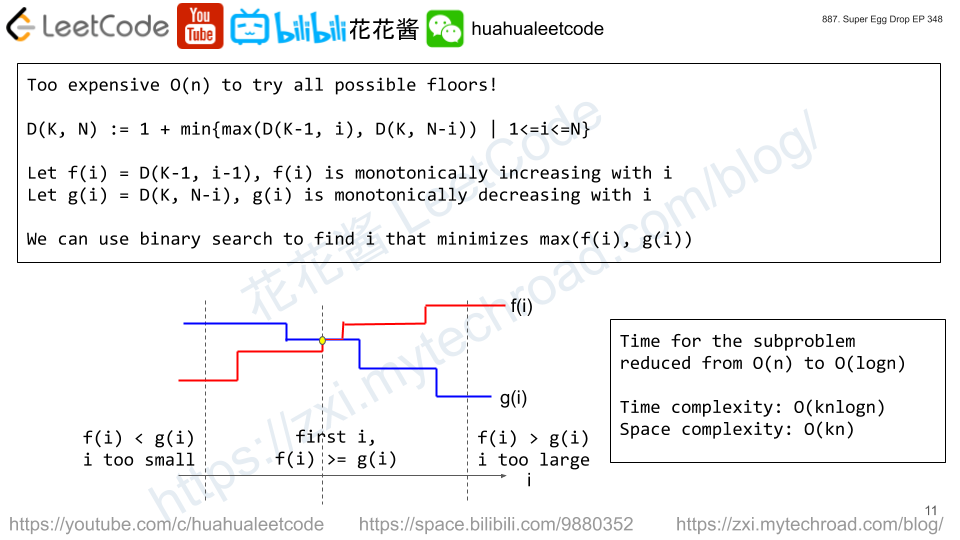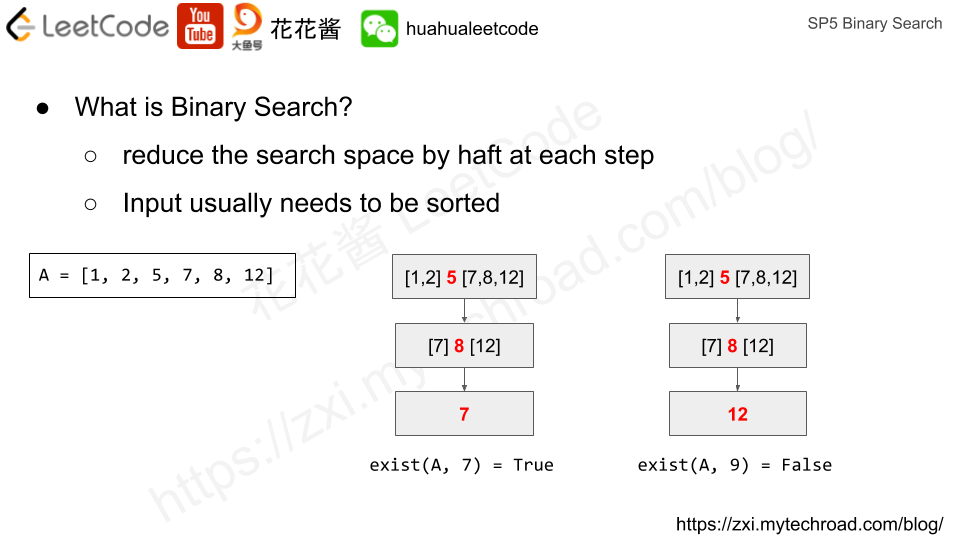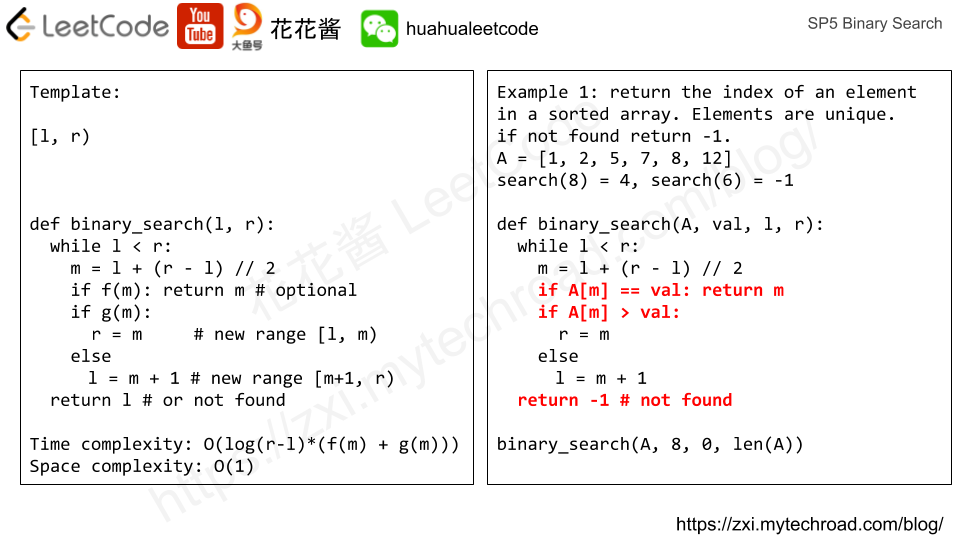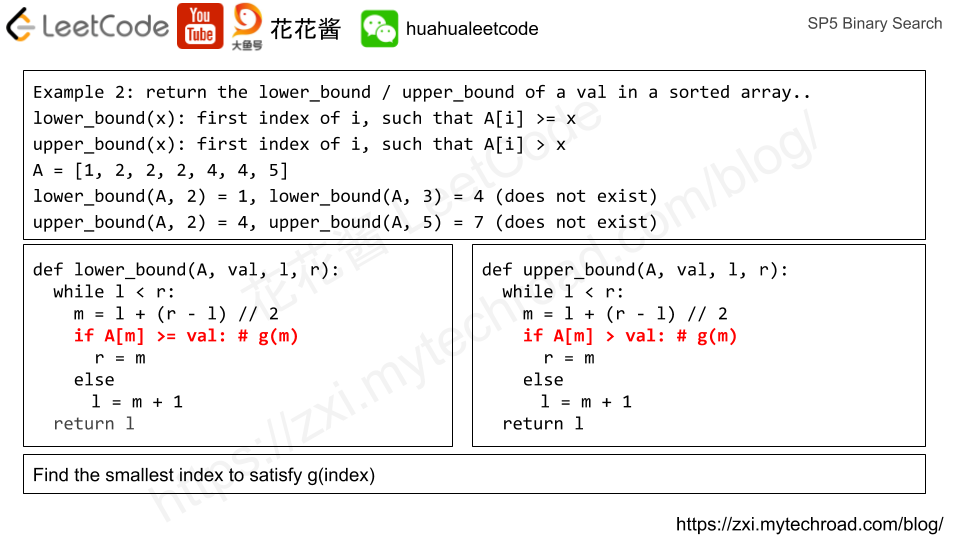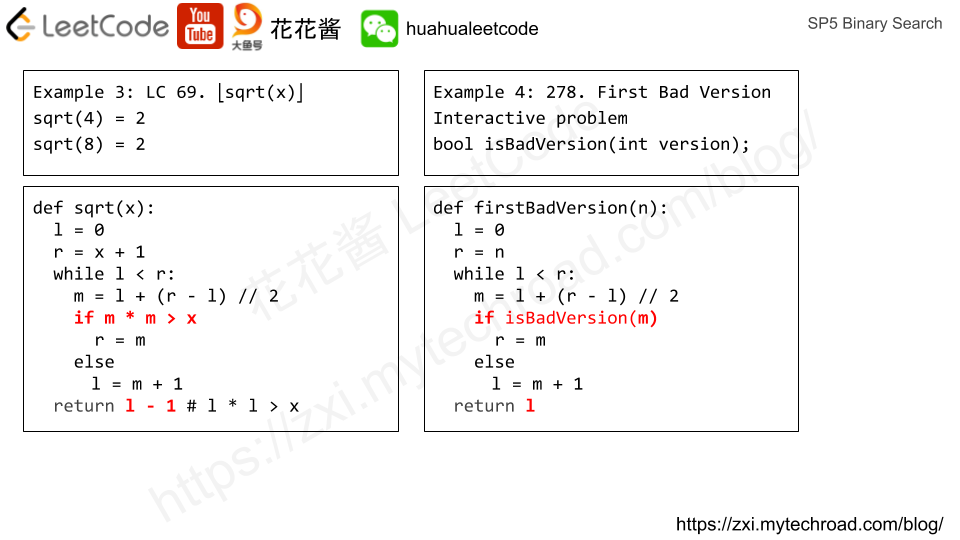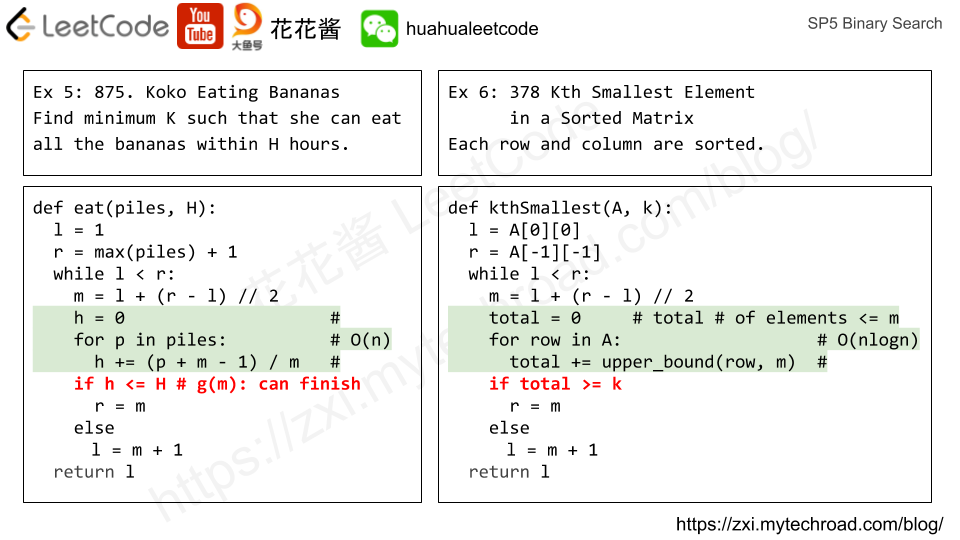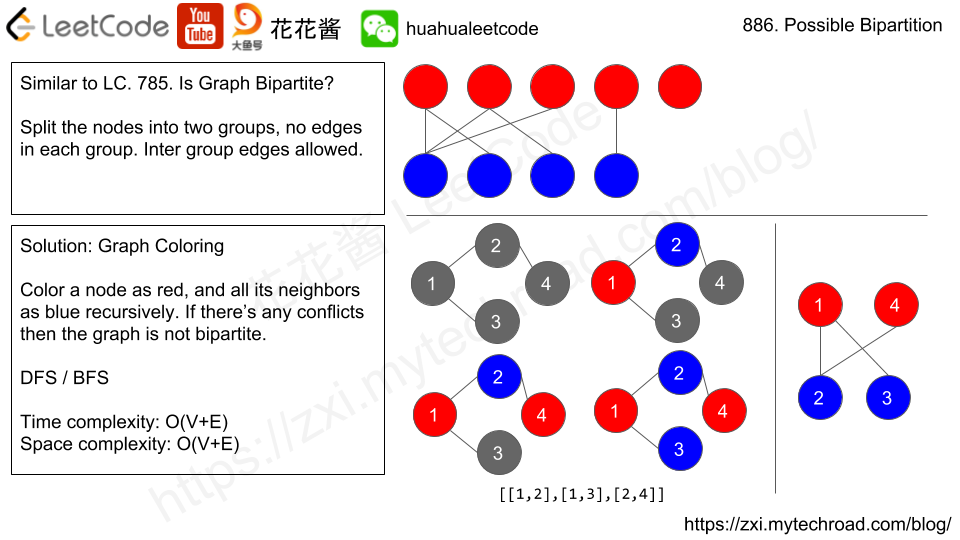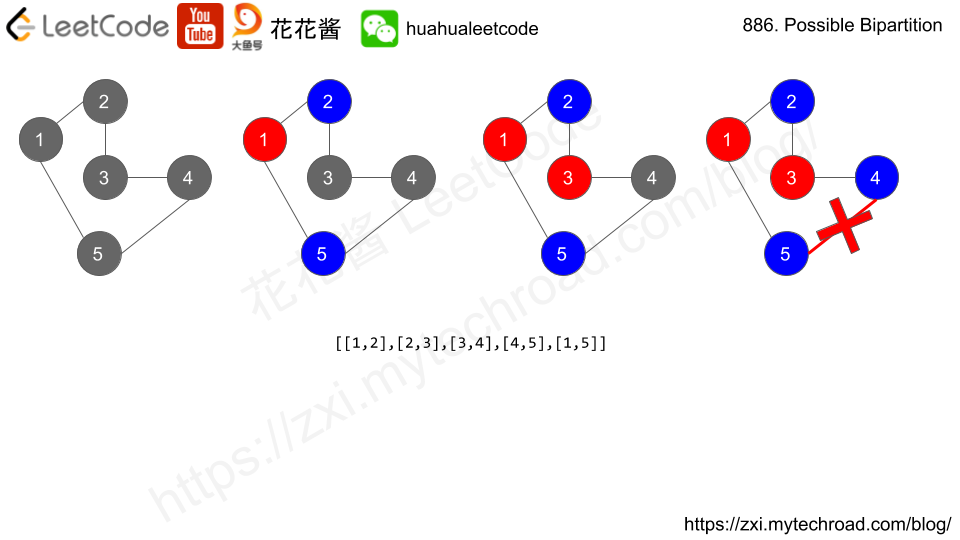Problem
Assume you are an awesome parent and want to give your children some cookies. But, you should give each child at most one cookie. Each child i has a greed factor gi, which is the minimum size of a cookie that the child will be content with; and each cookie j has a size sj. If sj >= gi, we can assign the cookie j to the child i, and the child i will be content. Your goal is to maximize the number of your content children and output the maximum number.
Note:
You may assume the greed factor is always positive.
You cannot assign more than one cookie to one child.
Example 1:
Input: [1,2,3], [1,1] Output: 1 Explanation: You have 3 children and 2 cookies. The greed factors of 3 children are 1, 2, 3. And even though you have 2 cookies, since their size is both 1, you could only make the child whose greed factor is 1 content. You need to output 1.
Example 2:
Input: [1,2], [1,2,3] Output: 2 Explanation: You have 2 children and 3 cookies. The greed factors of 2 children are 1, 2. You have 3 cookies and their sizes are big enough to gratify all of the children, You need to output 2.
Solution: Greedy + Two Pointers
Time complexity: O(mlogm + nlogn)
Space complexity: O(1)
|
1 2 3 4 5 6 7 8 9 10 11 12 13 14 15 16 17 18 19 20 21 22 23 |
// Author: Huahua // Running time: 28 ms class Solution { public: int findContentChildren(vector<int>& g, vector<int>& s) { sort(begin(g), end(g)); sort(begin(s), end(s)); int ans = 0; int j = 0; for (int i = 0; i < g.size(); ++i) { while (j < s.size() && s[j] < g[i]) { ++j; } if (j < s.size()) { ++ans; ++j; continue; } } return ans; } }; |
